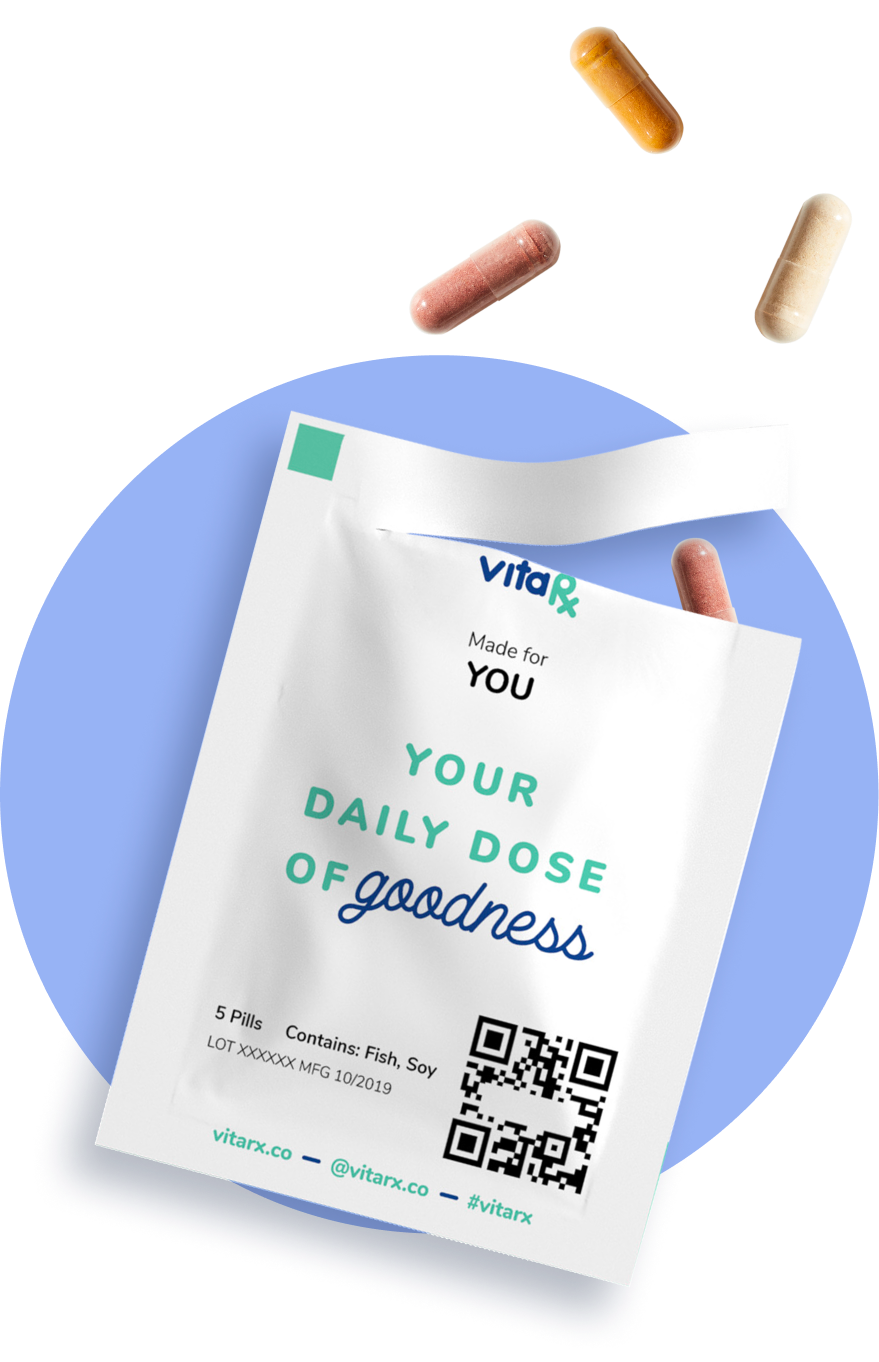Last update: January 22, 2025
5 minute read
What are Functional Foods?
Explore functional foods and learn what they are, their benefits, and how they uplift your health beyond basic nutrition.

By Stephanie Wright, RN, BSN
Edited by Dr. Jacquie Leone, NMD, HN

Did you know that you can start your path to better health just by using your daily meals? That's right, we're talking about functional foods, an interesting topic that's been grabbing health enthusiasts’ attention! But what are functional foods? In this post, you'll understand more about these powerhouse foods, where they exist in the typical diet, and potential ways they can boost your overall health.
Key takeaways
- Functional foods aren’t just energy providers; they promote health beyond basic nutrition
- There are two types of functional foods: conventional and modified
- Functional foods include a range of health-boosting components, taking your nutrition game to the next level
What are functional foods?
So, what exactly are functional foods? Simply put, functional foods are foods that offer benefits beyond basic nutrition.
They promote optimal health and help reduce disease risk. Whether it's oatmeal packed with fiber for your heart health or salmon rich in Omega-3 fatty acids for that brain boost, functional foods cater to aspects of your health beyond just satisfying your hunger.

What are the two types of functional foods?
Regarding eating for better health, there are two main categories in the world of functional foods. One's conventional, and the other's a bit more modified – here's a breakdown:
- Conventional functional foods: These are the goodies you find in their natural form, like oatmeal, salmon, and colorful fruits and vegetables. They're packed with health-boosting ingredients. Let's consider oatmeal, for instance. It's not just a slow-digesting carb; it's a source of beta-glucans and fiber that’s wonderful for your heart health and for lowering cholesterol levels.
- Modified functional foods: These foods undergo enrichment processes to be packed with additional health-boosting elements. Picture breakfast cereal fortified with multiple vitamins and minerals – a shining example of a modified functional food.
How are functional foods different from healthy foods?
You might be thinking: are functional foods just another name for healthy foods? Well, not exactly.
While they are close cousins, there's a key difference here. Functional foods hone in on specifics.
It's not fantastic just for being low in sugar or high in protein but for the particular health bonuses it provides. Imagine oatmeal again; it's adored not just because it's a compatible buddy for your fitness goals but for its role in heart health and cholesterol control.
What's so great about these functional foods?
We all understand that food satisfies your hunger and gives you energy. But imagine food as more than just a fuel station – a tool that adds to your overall health.
It's like a symbiotic relationship with your diet to support wellness and potentially prevent health issues. As Hippocrates may have said, “Let thy food be thy medicine,” and functional foods are a great example of this.
VitaRx Tip
Functional foods can truly transform your health. Instead of only focusing on the macros and calories, the food's functional aspect offers a more holistic approach by considering the extra benefits they provide.
How can you include more functional foods in your diet?
Alright, so how can you get more functional foods in your diet? Whether you're a veteran in the fitness game or someone wanting to improve your health, here are a few quick tips:
- Double the veggies: Each type of vegetable is loaded with a unique set of nutrients.
- Include whole grains: Think quinoa, brown rice, and oats. They offer much more than just a carb fix – each comes with tons of health benefits.
- Add lean proteins: Fish like salmon and lean meats are not only packed with protein but also with Omega-3 fatty acids or iron, for example. Omega-3s offer benefits such as lowering your risk for cardiovascular disease and blood pressure.
- Enjoy fruits: Each fruit packs a punch of vitamins, fiber, and antioxidants. Try a variety!
- Choose fortified foods: Go for foods with added nutrients, like fortified cereals.
Remember that achieving better health and fitness is all about your overall well-being. It's about finding the right balance between nutrition, fitness, and your overall health!
Dos and don'ts of incorporating functional foods
As with any change in eating habits, trying to include more functional foods in your diet requires careful consideration. Here's a table to offer some guidance on what to do and what to avoid to get the most out of functional foods.
Do’s
Diversify your food choices
Choose whole foods whenever possible
Pair functional foods for synergistic effects
Read labels on fortified foods
Don’ts
Stick to just one kind of functional food
Overload on processed fortified foods
Forget about balance in your diet
Neglect regular exercise and lifestyle habits
Advantages and disadvantages of including functional foods
Transitioning towards a diet rich in functional foods offers tons of benefits, but it's important to understand potential challenges as well.
Frequently asked questions (FAQ)
Here are some frequently asked questions about functional foods.
Final thoughts
Our exploration of functional foods has been quite a journey! We've defined them, discovered the 2 types, explored their benefits, and learned how to include them in your diets.
We’ve also learned just how much they help boost your overall health. It's not just about building muscle or losing weight; it's about harnessing the power of food and its functional attributes in your lives. Until next time, stay healthy!
Sources and references
Author

Stephanie Wright
Stephanie brings over 13 years of diverse nursing experience to the table, having honed her expertise in critical care, mental health, and utilization management. Her journey as a registered nurse across these various healthcare sectors underscores her adaptability and deep commitment to patient care.
Fact checker

Dr. Jacquie Leone
Dr. Leone holds a BA in Psychology, a Doctorate in Naturopathic Medicine, and board certification in holistic nutrition. In addition to practicing medicine, Dr. Leone has developed and currently teaches science and nutrition courses for a nationally accredited institution. She specializes in chronic illness, gastrointestinal dysregulation, inflammatory conditions, and mental health. Her unique approach combines the wisdom of Eastern medicine with the technology and science of Western medicine, offering an integrative approach heavily focused on functional medicine.
At VitaRx, we're not just passionate about our work — we take immense pride in it. Our dedicated team of writers diligently follows strict editorial standards, ensuring that every piece of content we publish is accurate, current, and highly valuable. We don't just strive for quality; we aim for excellence.
Related posts
While you're at it, here are some other relevant articles you might be interested in.

Get your personalized vitamin recommendations in less than
5 minutes.
Get your personalized vitamin recommendations in less than
5 minutes.








